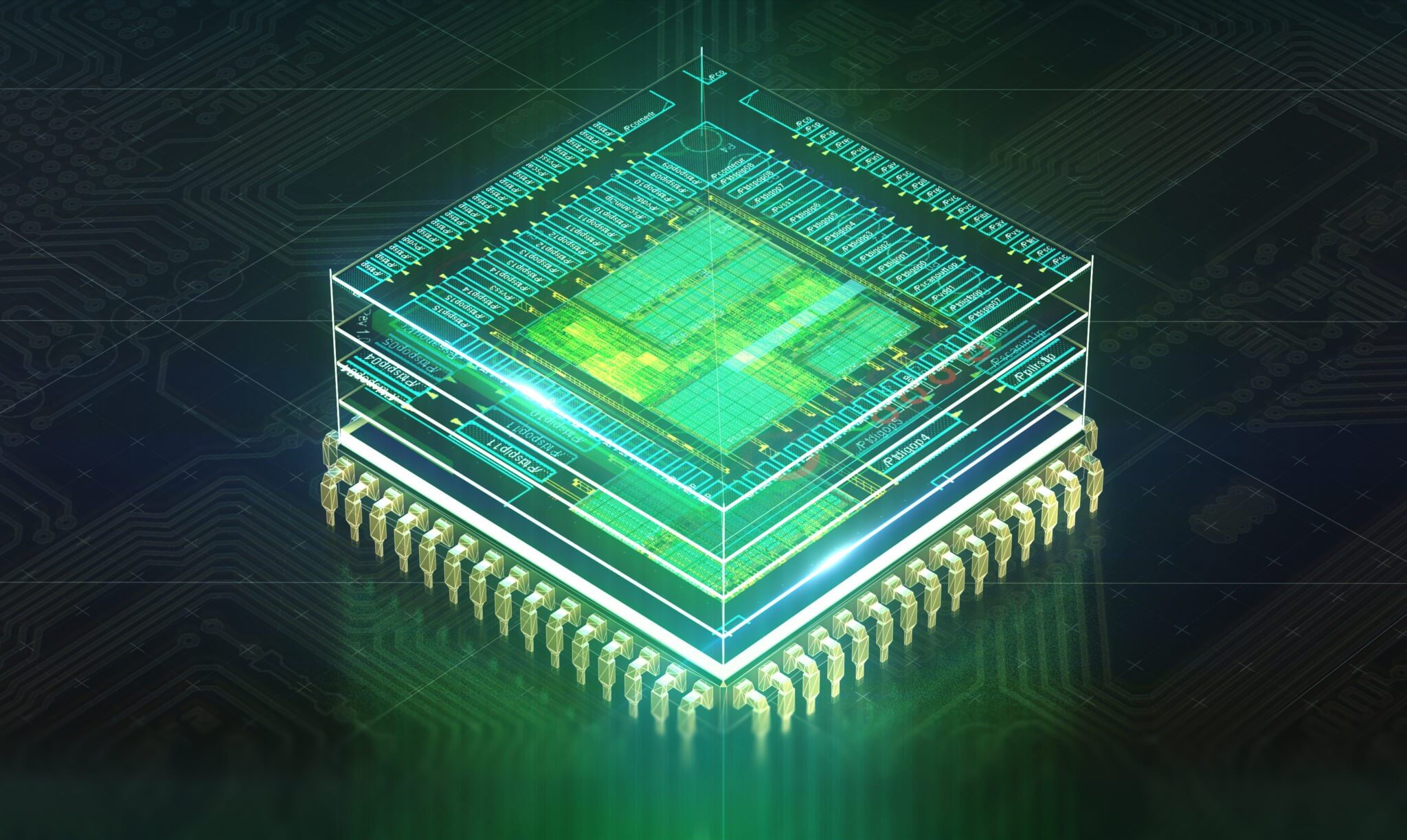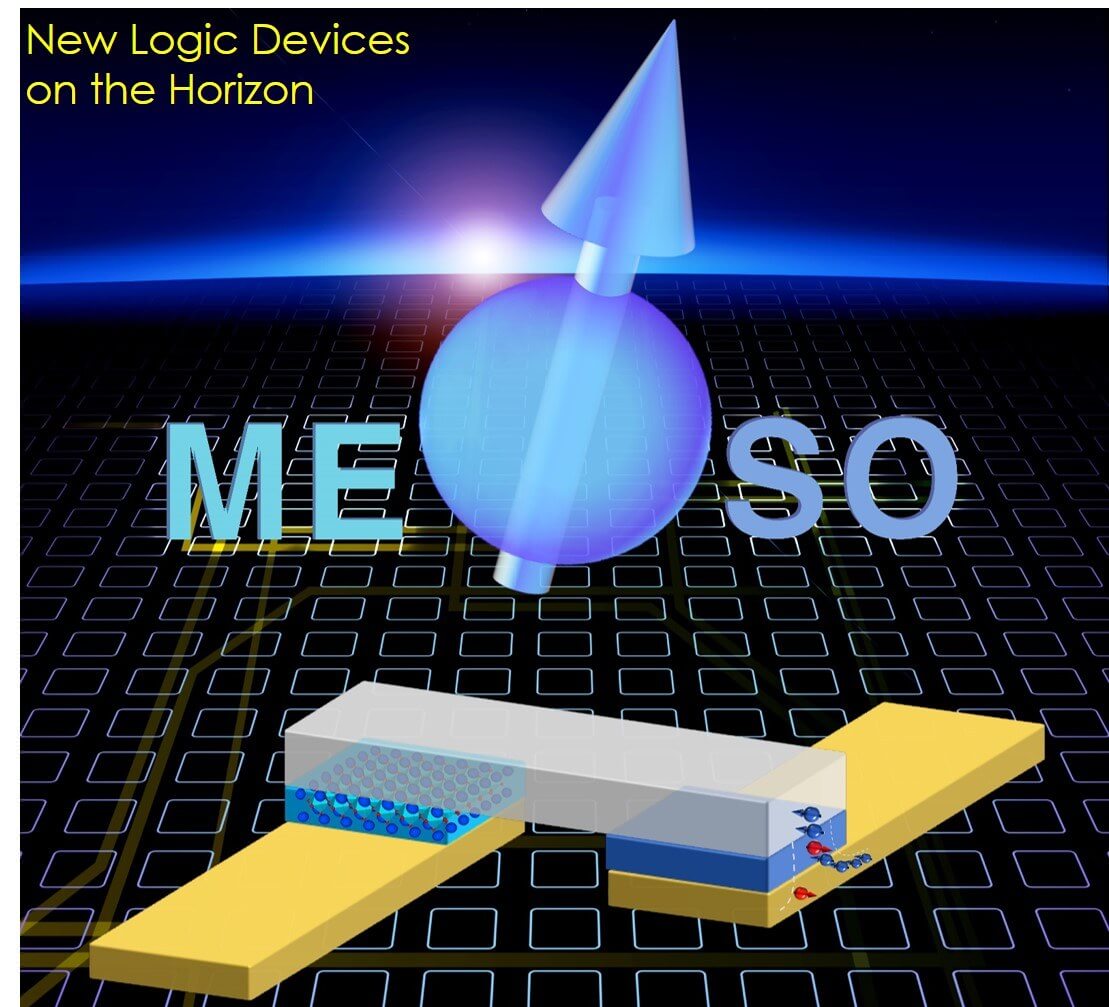Why it matters: Faster and more energy-efficient computing is becoming harder to develop. Fortunately, chip researchers are looking well beyond current technologies and have prototypes that will replace our current CMOS transistors ten years from now.

As physical limitations in chip architecture are reached, it becomes increasingly more important for manufacturers to develop new ways to overcome those limits. Quantum computing is one step toward that goal. Intel hopes it has the next step in its MESO technology.
Researchers from Intel, the University of California at Berkeley, and Lawrence Berkeley National Laboratory (LBNL) have published a paper in Nature titled “Scalable energy-efficient magnetoelectric spin-orbit (MESO) logic.” In it, the scientists explain how MESO-based devices have the potential to lower voltage by a factor of 5 versus complementary metal-oxide-semiconductor (CMOS) technology and increase energy efficiency 10-30 fold “when combined with ultralow sleep state power [sic].”
Currently, Intel is still working on CMOS scaling, but the researchers see MESO logic driving growth in the post-CMOS era. They expect their technology to emerge in the next decade.

“We are looking for revolutionary, not evolutionary, approaches for computing in the beyond-CMOS era. MESO is built around low-voltage interconnects and low-voltage magneto-electrics. It brings together quantum materials innovation with computing. We are excited about the progress we have made and are looking forward to future demonstrations of reducing the switching voltage even further toward its potential.”
Intel has already developed an experimental MESO-device prototype using magneto-electric materials developed by Ramamoorthy Ramesh at UC Berkeley and the LBNL. The technology uses quantum materials at room temperature to produce “spin-orbit transduction” effects.
“MESO is a device built with room temperature quantum materials,” said Senior Staff Scientist Sasikanth Manipatruni. “It is an example of what is possible, and hopefully triggers innovation across industry, academia, and the national labs. A number of critical materials and techniques are yet to be developed to allow the new type of computing devices and architectures.”
While the experimental prototype shows promising results, the technology is in its pre-infancy. Much more research is needed and practical devices are still quite a way off — at least a decade, according to Ramesh.
“There’s still a lot of work to be done,” he told Berkeley Lab. “Your computer today operates at 3 volts. This device in the Nature paper proposes something at 100 millivolts. We need to understand the physics a lot better.”
https://www.techspot.com/news/77688-intel-envisions-meso-logic-devices-superseding-cmos-tech.html